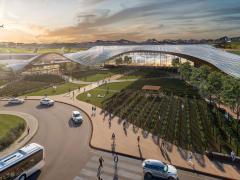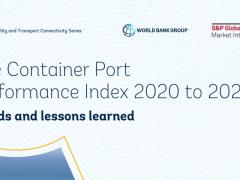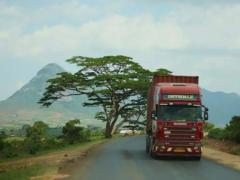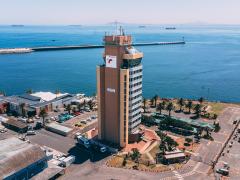Long-awaited upgrades to the main arterial freight road routes are starting to gain traction to support Mozambican plans to become a regional logistics hub. Mozambique has a road network of 30 464 kilometres, of which 7 344km (about 25%) is paved. Funding for road rehabilitation has come from partners such as the World Bank and Millennium Challenge Account. One key initiative is an $850m World Bank-funded programme to upgrade 1 053km of priority sections of the 2 400km N1 road corridor. The corridor runs north-south through eight provinces (Maputo, Gaza, Inhambane, Manica, Sofala, Zambezia, Nampula and Cabo Delgado), connecting the main cities of Maputo, Beira and Nampula and six provincial capitals. The N1 corridor also links up to four major international (east-west) road and rail corridors, namely the N4 from the Port of Maputo to South Africa (Johannesburg), the N6/N7 from the Port of Beira to the hinterland of Zimbabwe, Zambia, Malawi and Democratic Republic of Congo, the N11 from the Port of Quelimane to Malawi/Zambia, and the N13 from the Port of Nacala to Malawi/Zambia. A 2023 Ministry of Public Works study found that approximately 40% (1 053 km) of the N1 corridor is in a poor condition and requires major rehabilitation. Around $3.5bn is needed to rehabilitate the full length of the N1, of which only $1.1bn (including the World Bank grant) has been secured. A start will be made in 2026 with the construction of a new 1 800-metre bridge over the Licungo River at Mocuba in the central Zambézia province. ER












